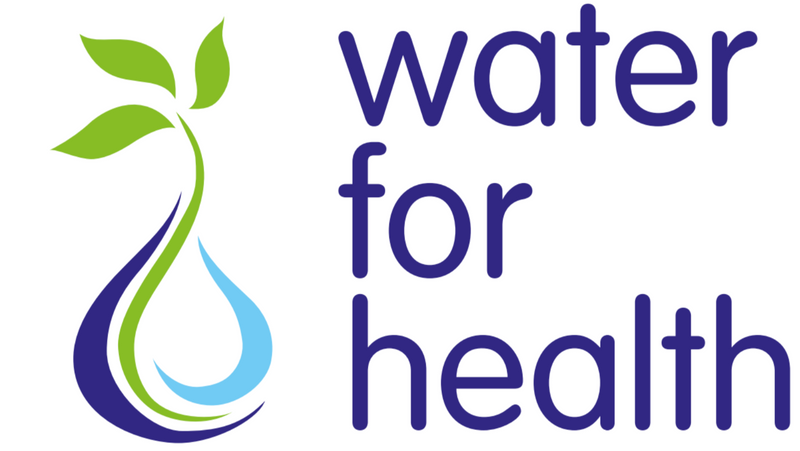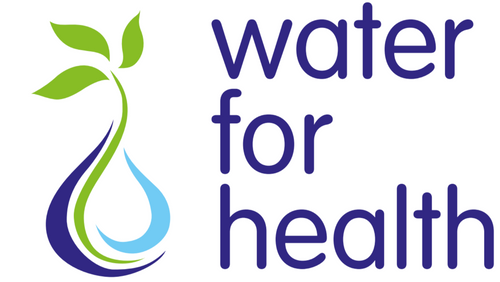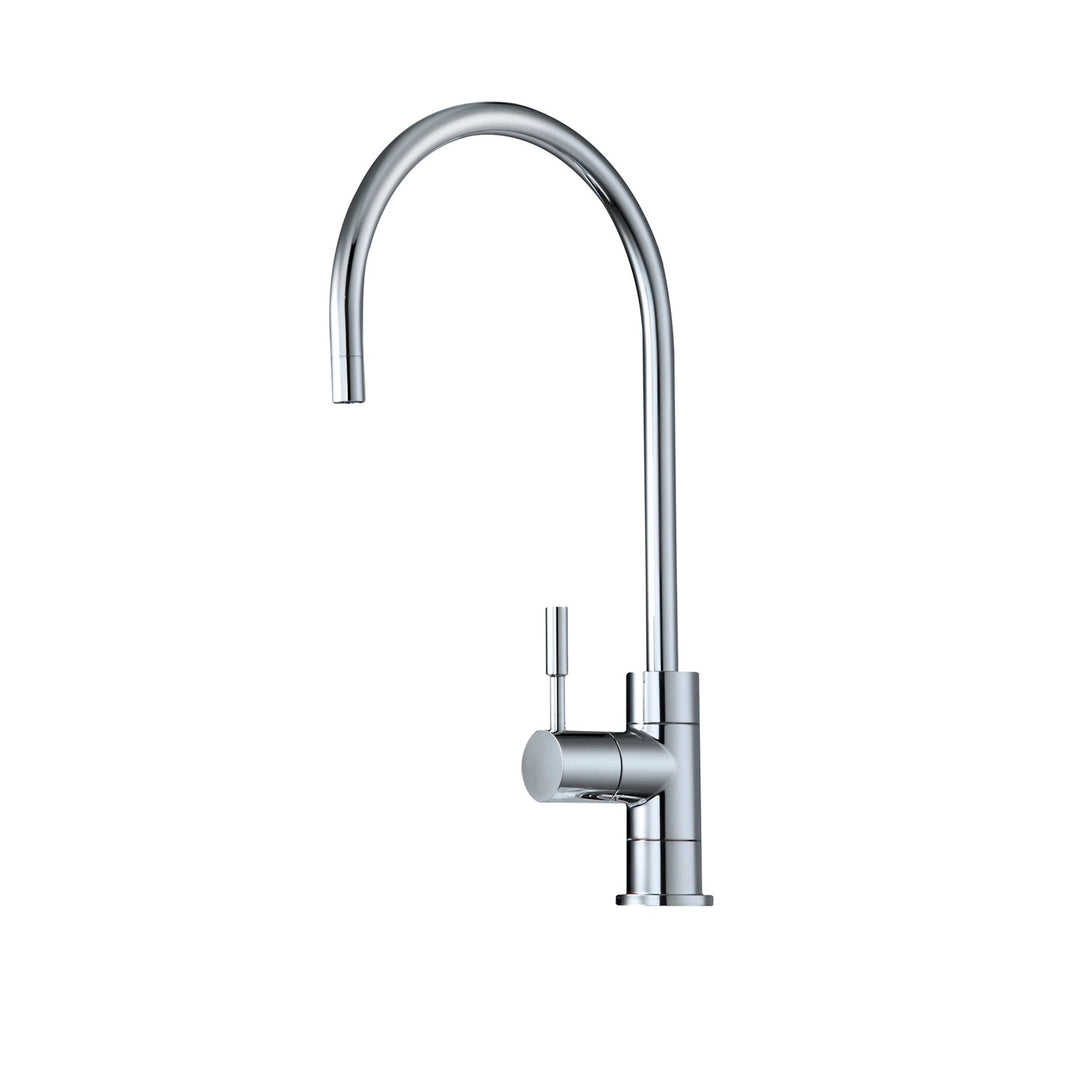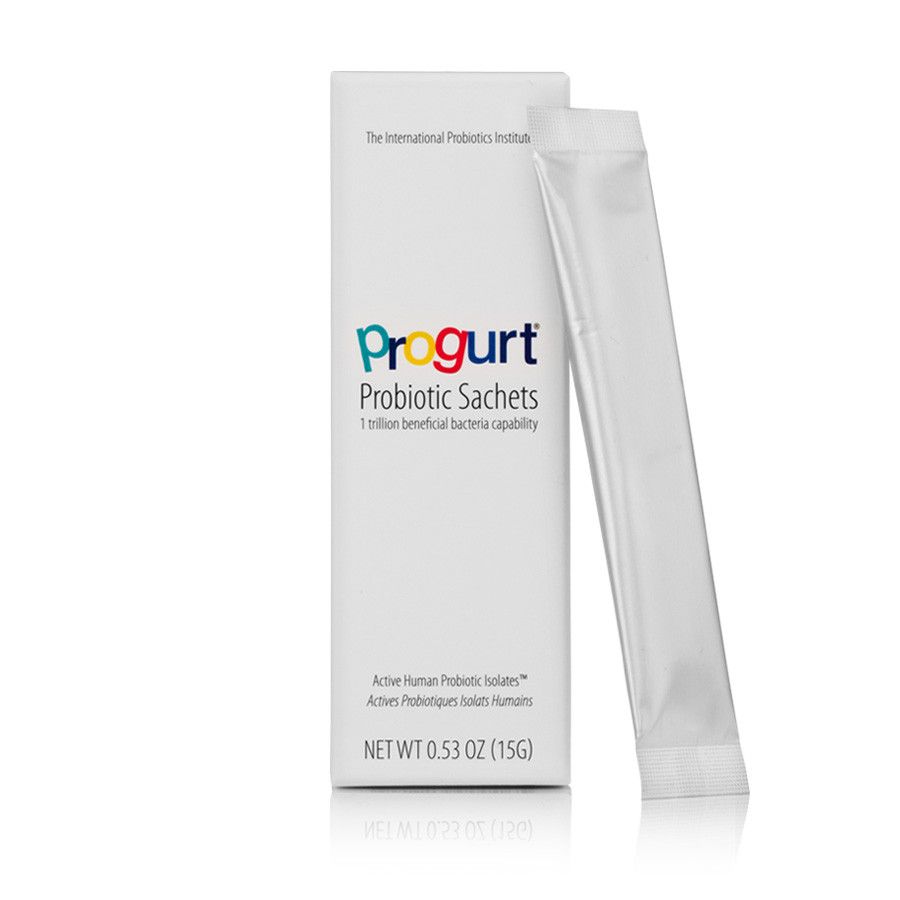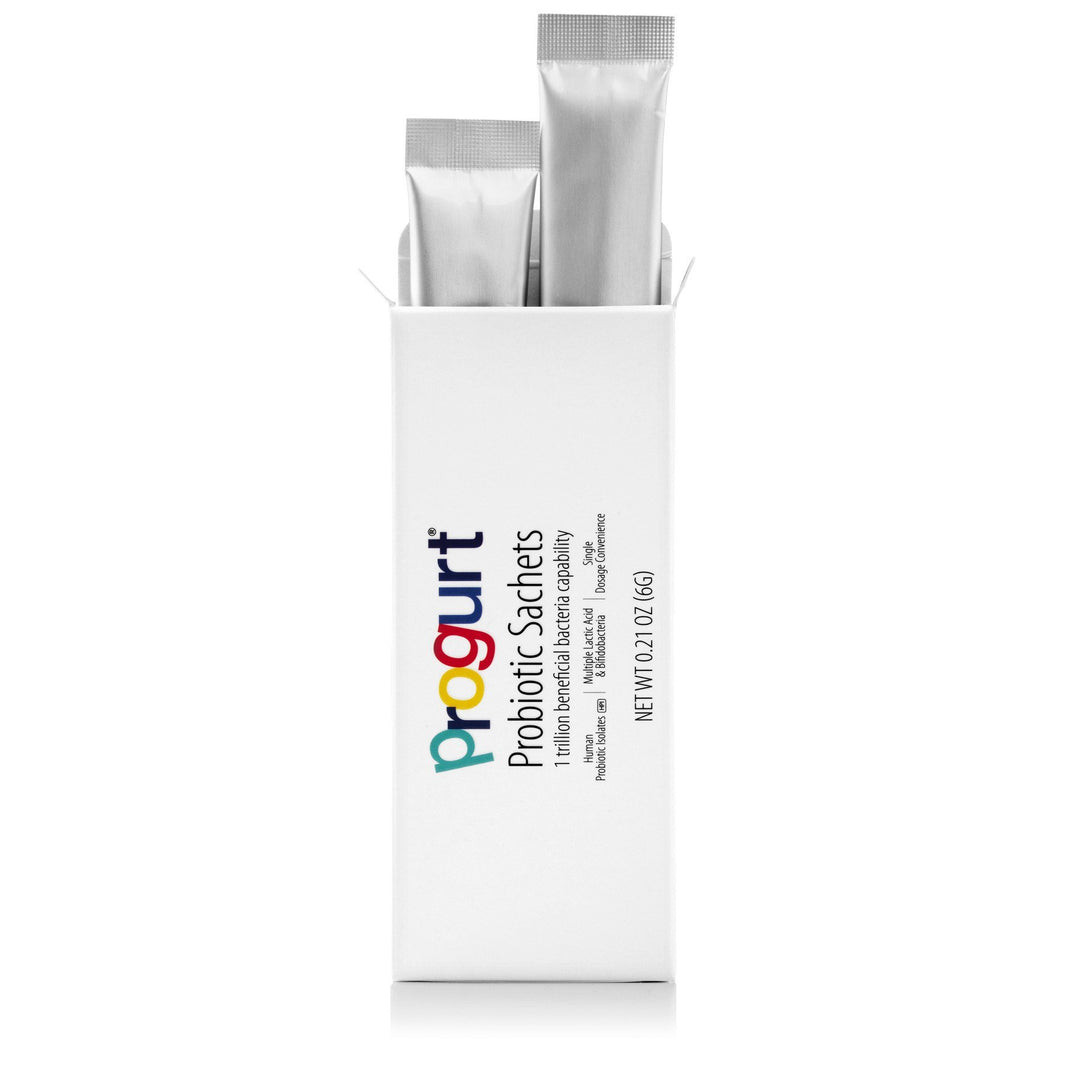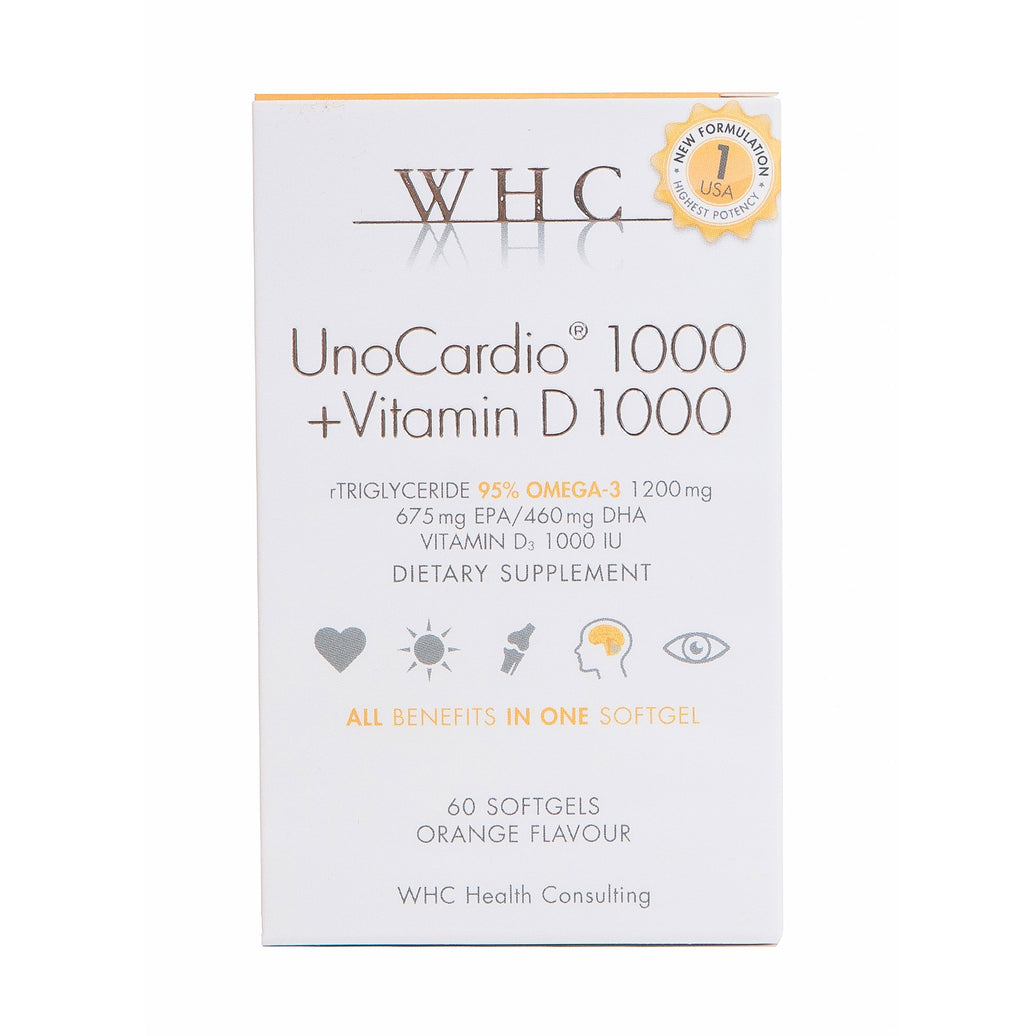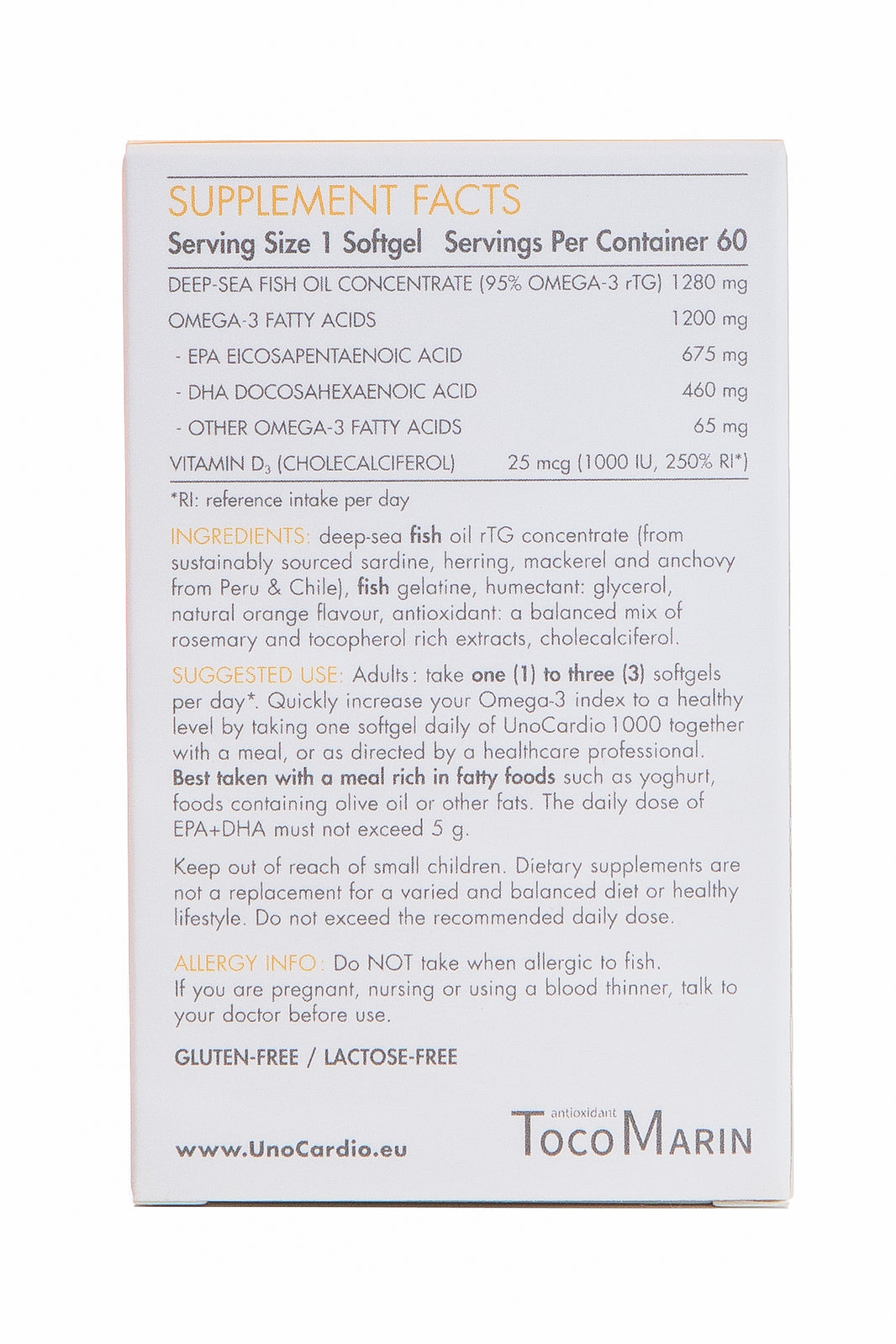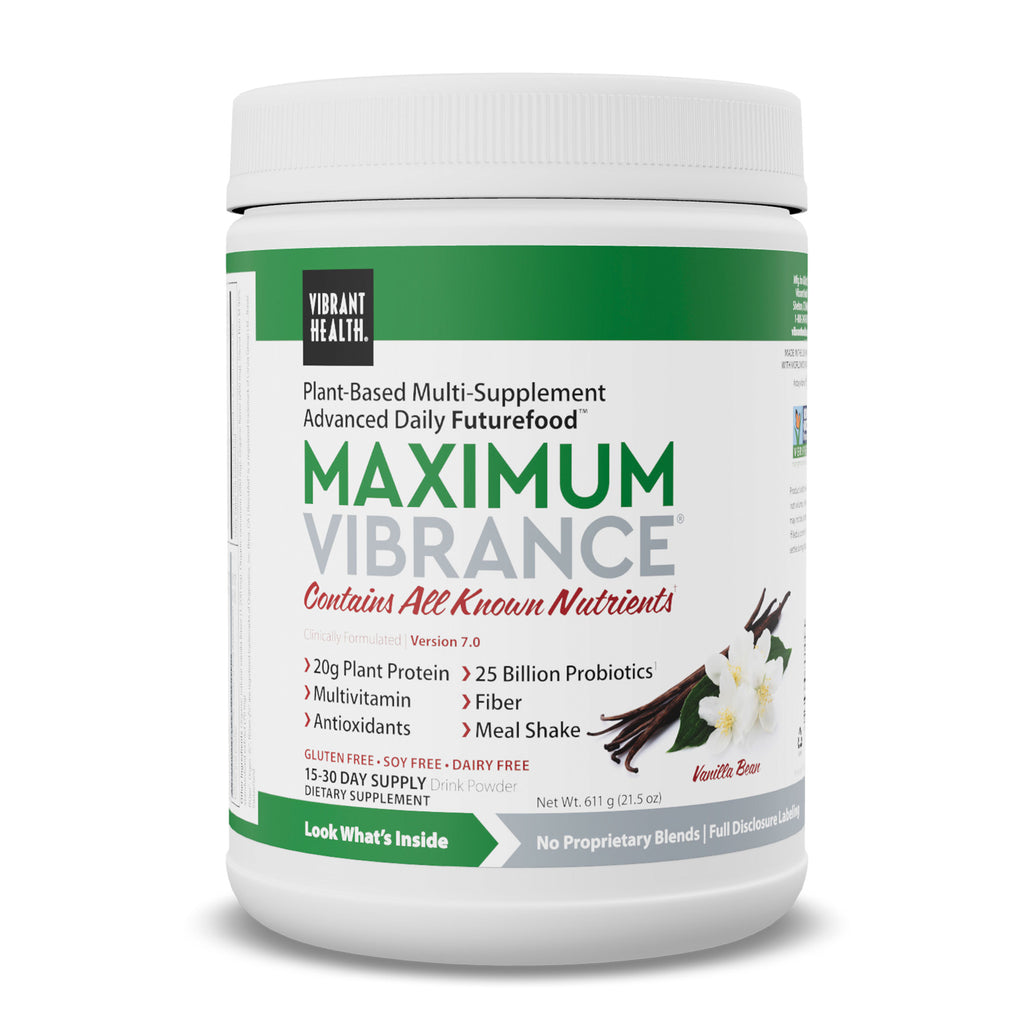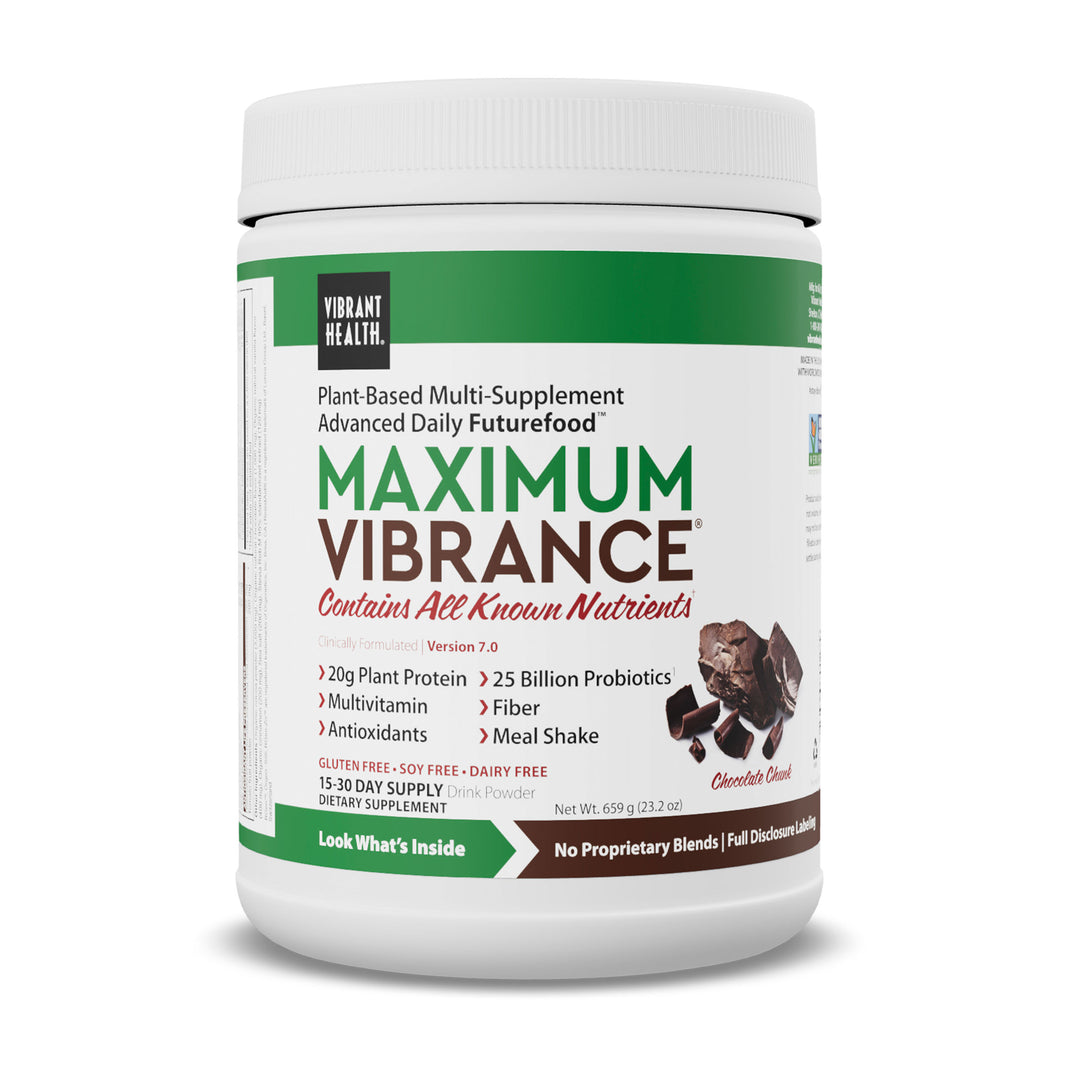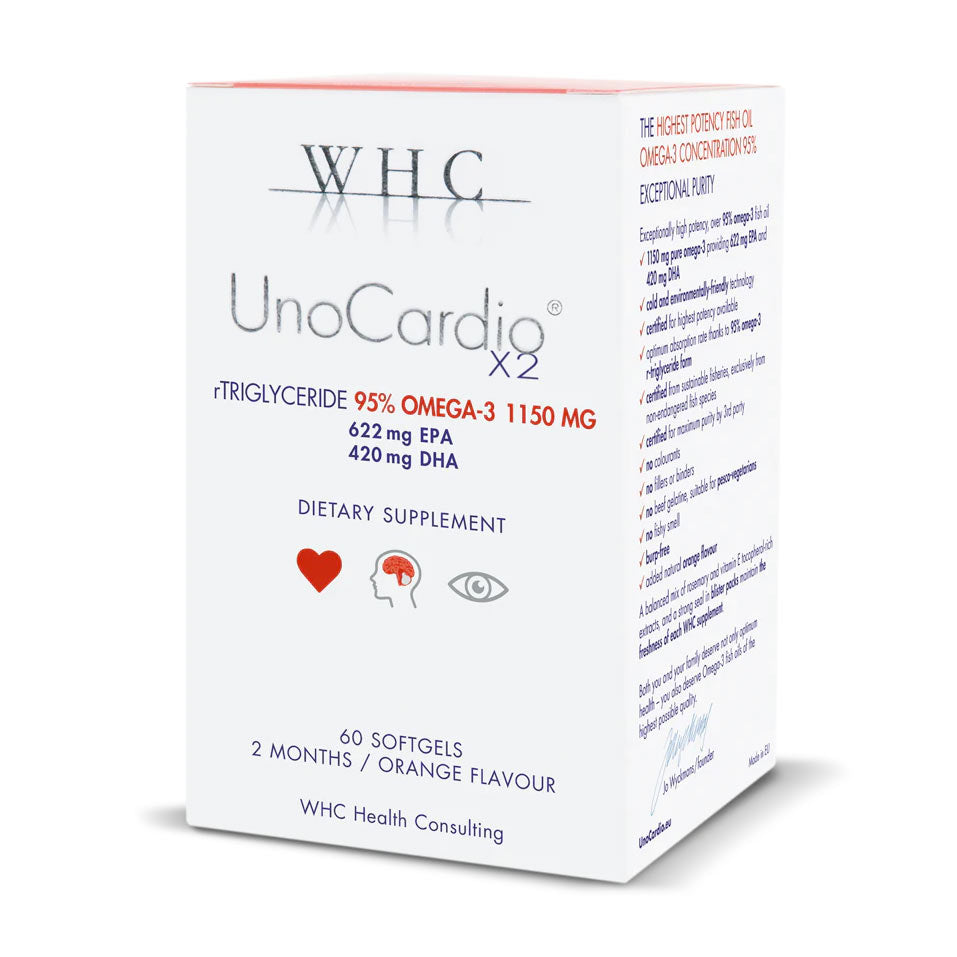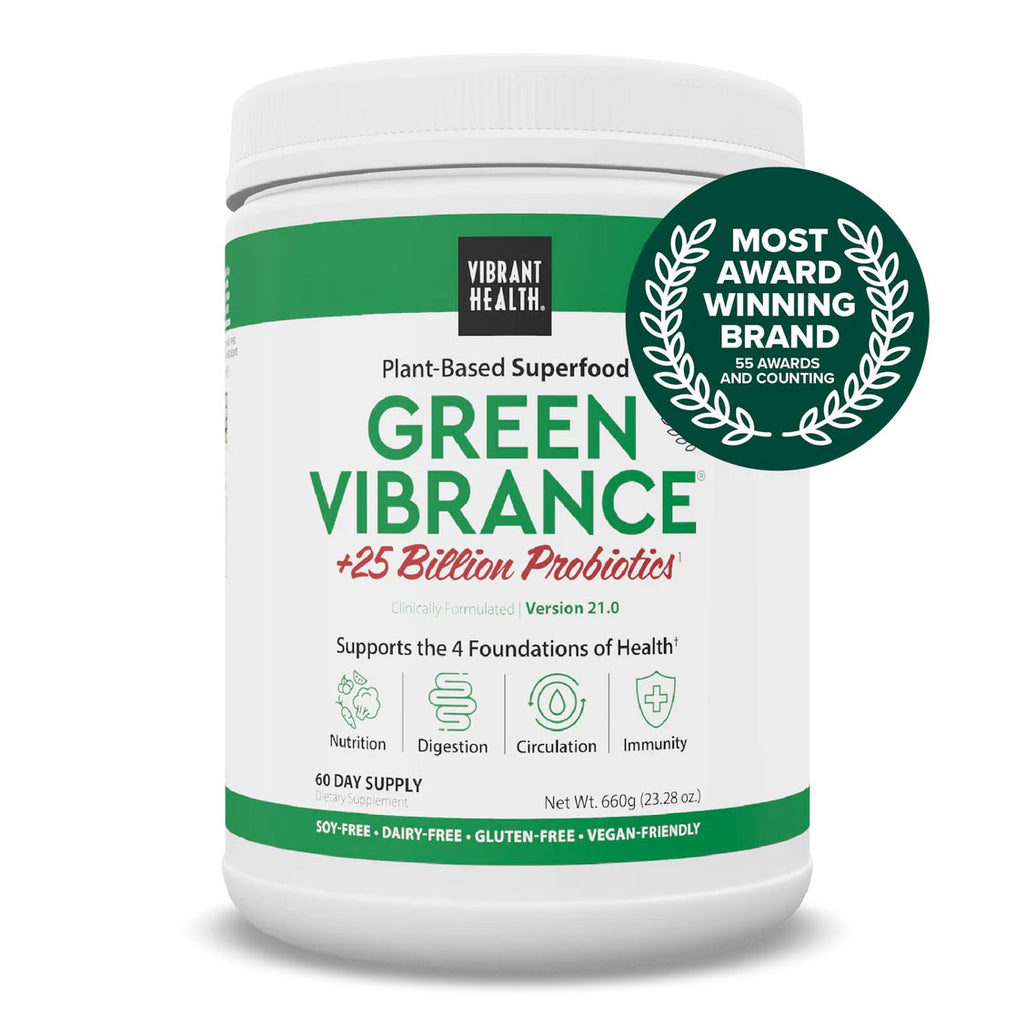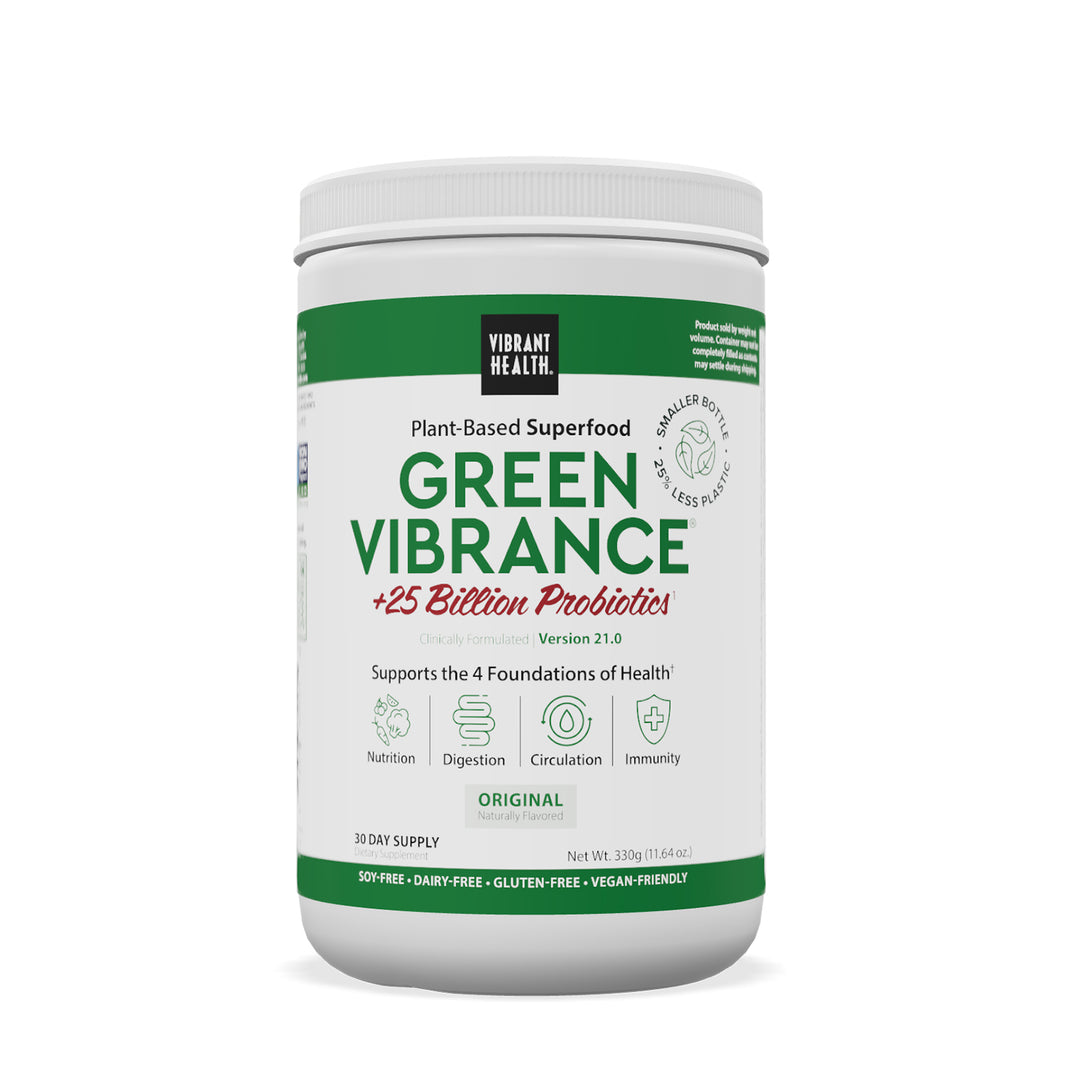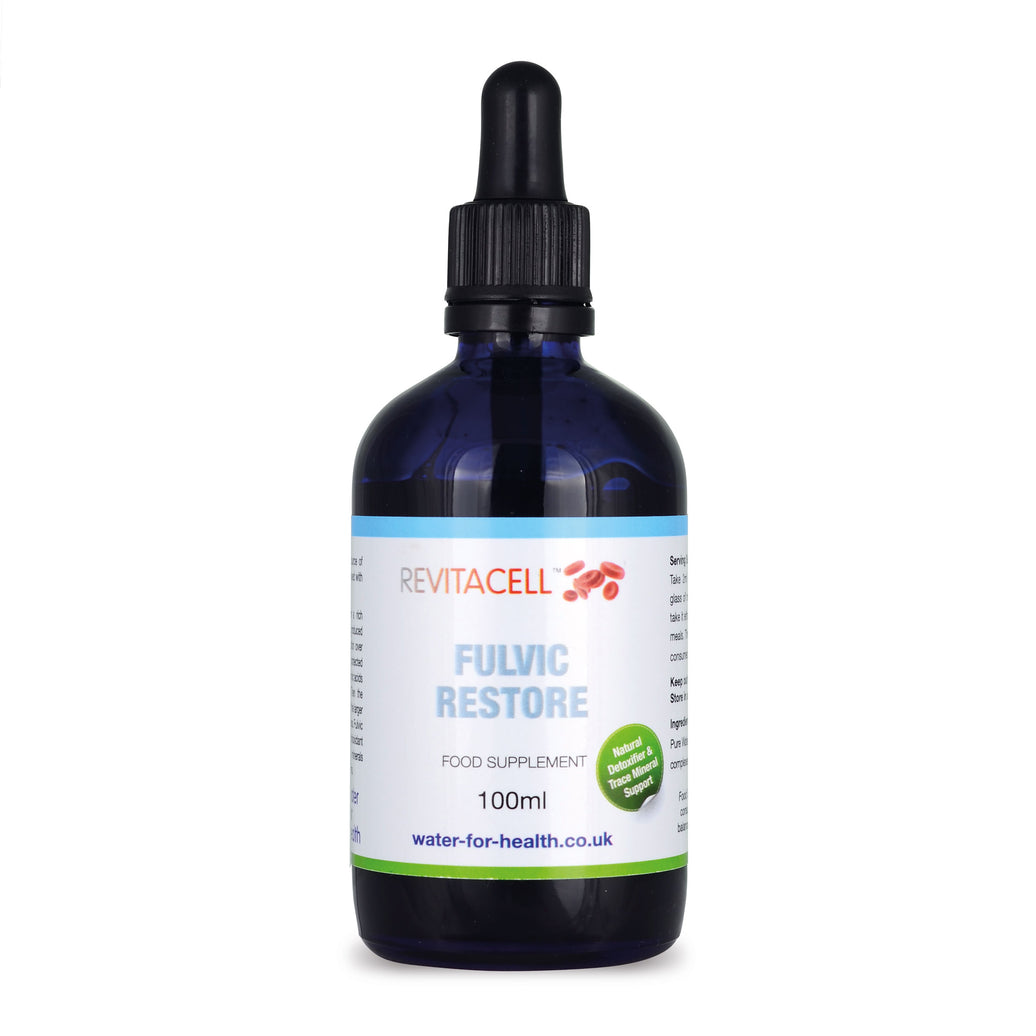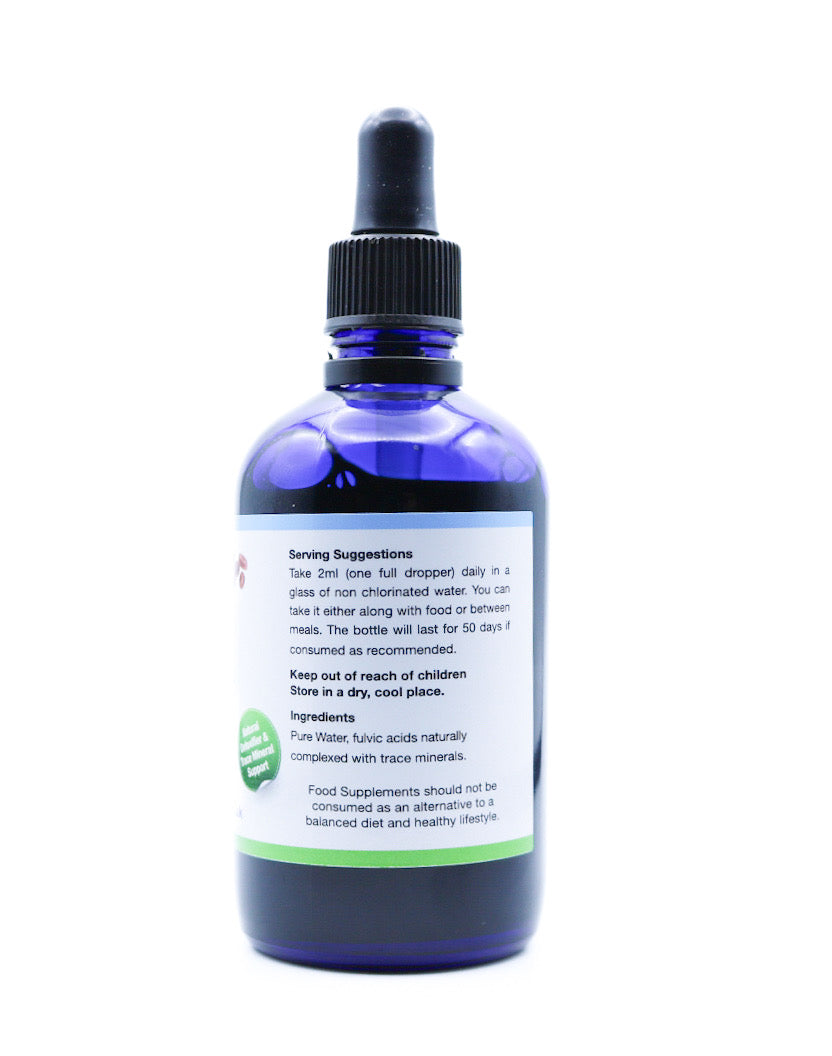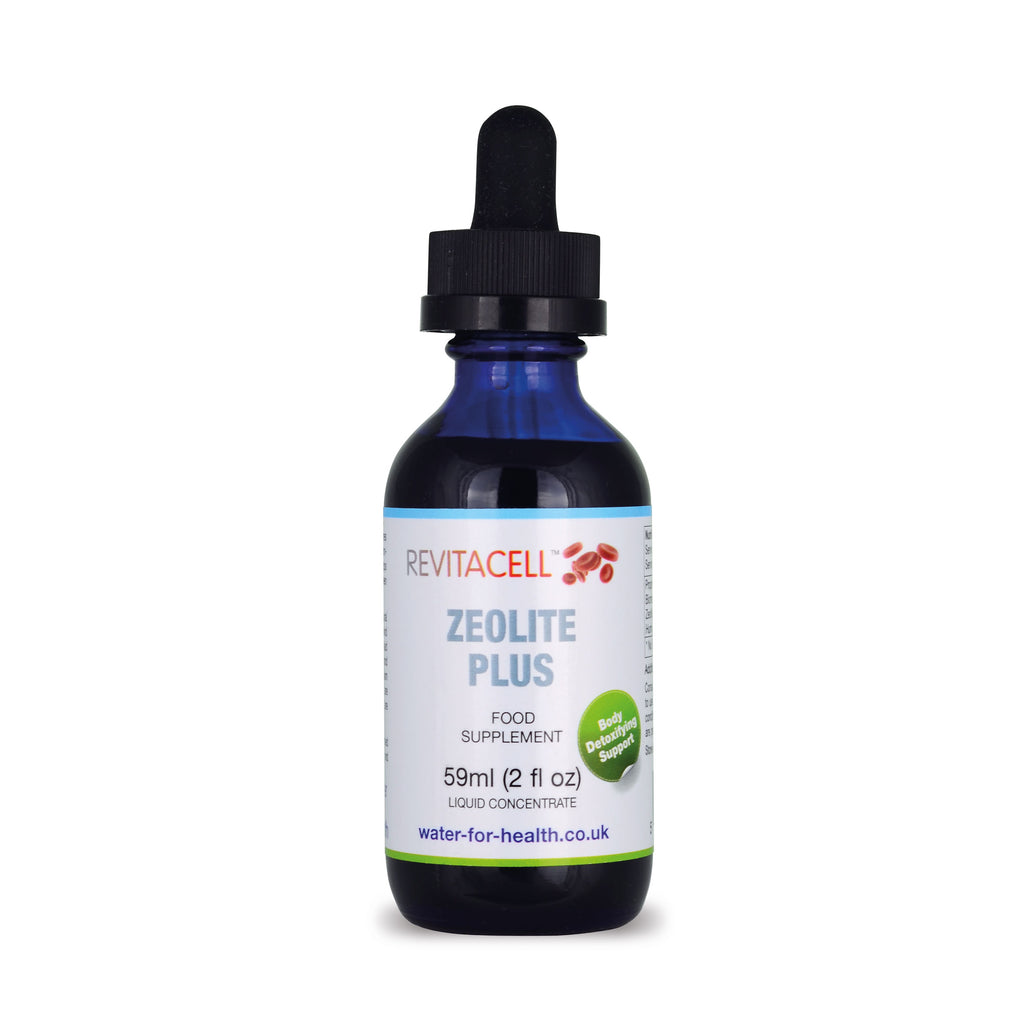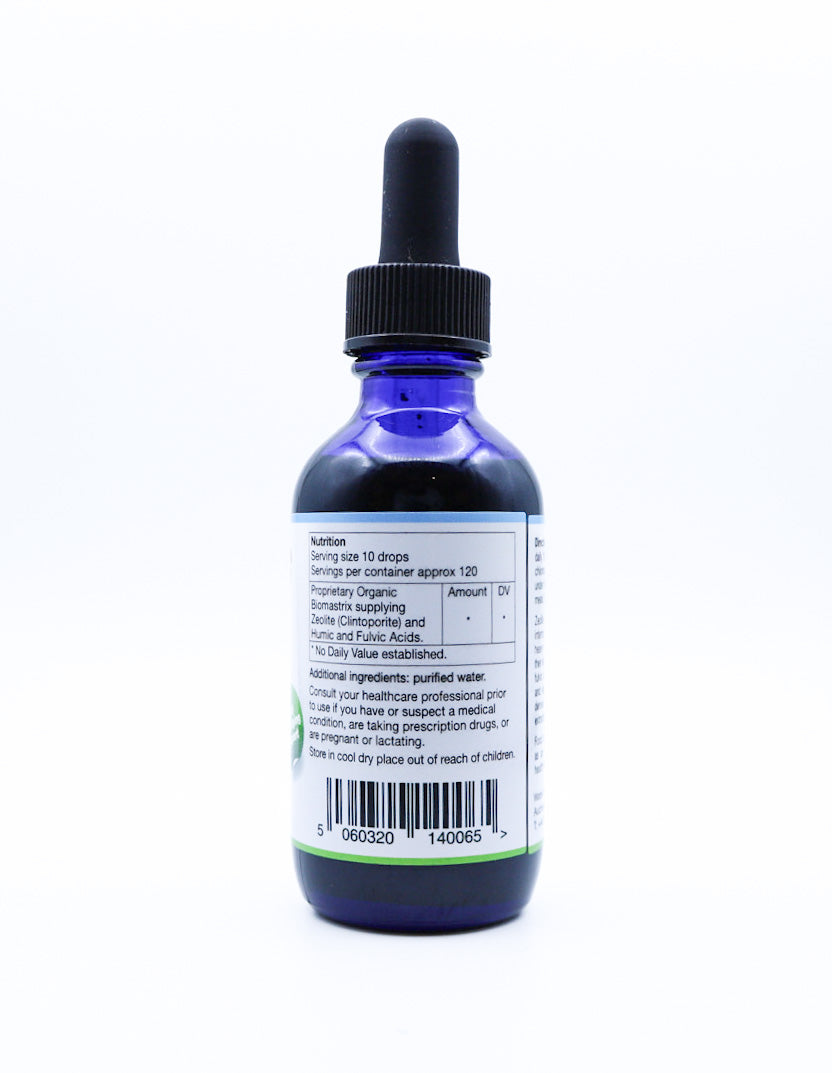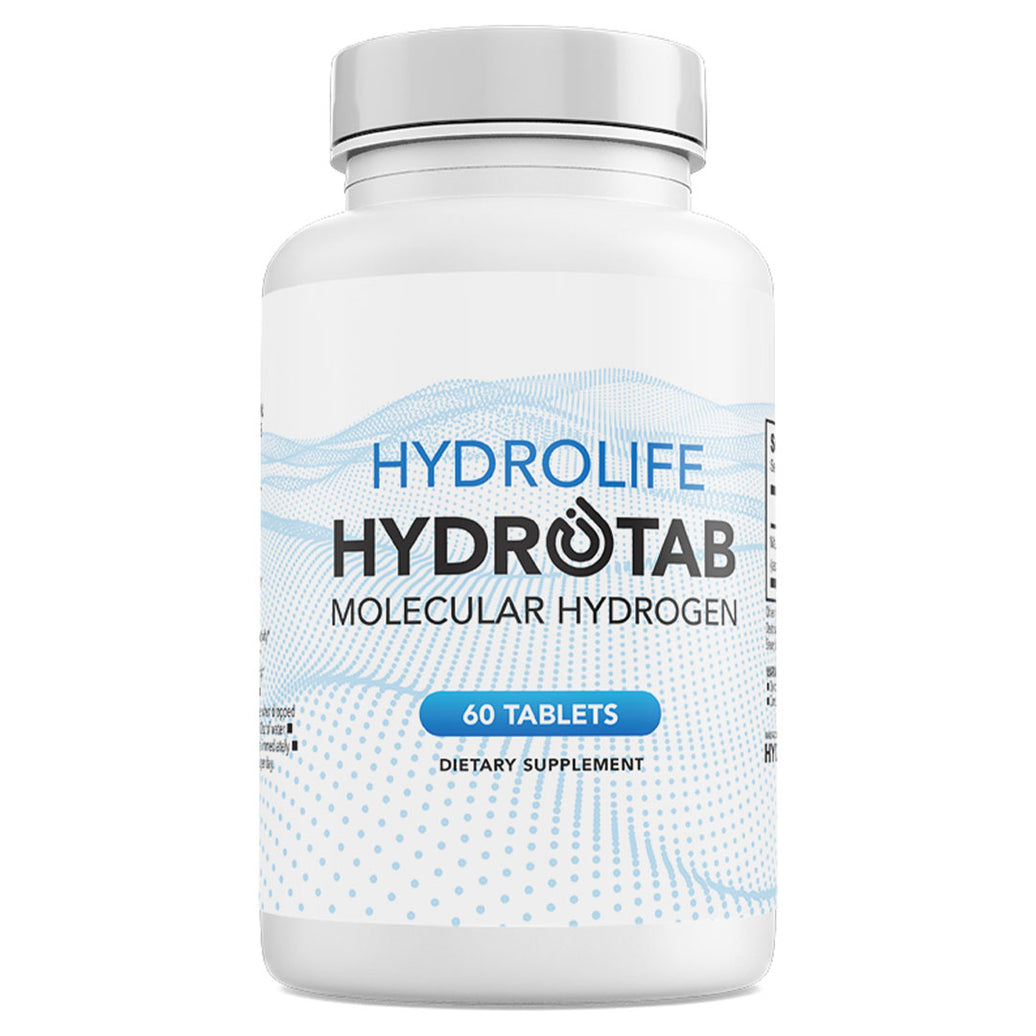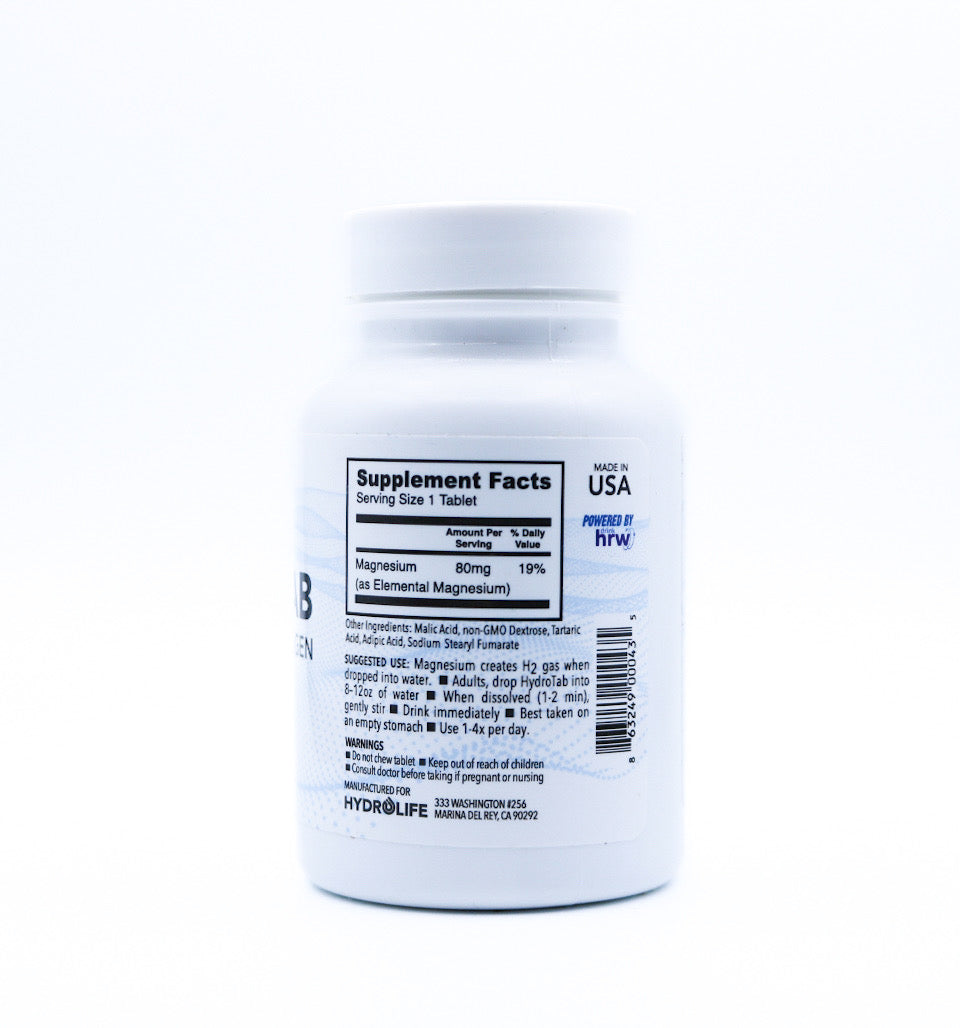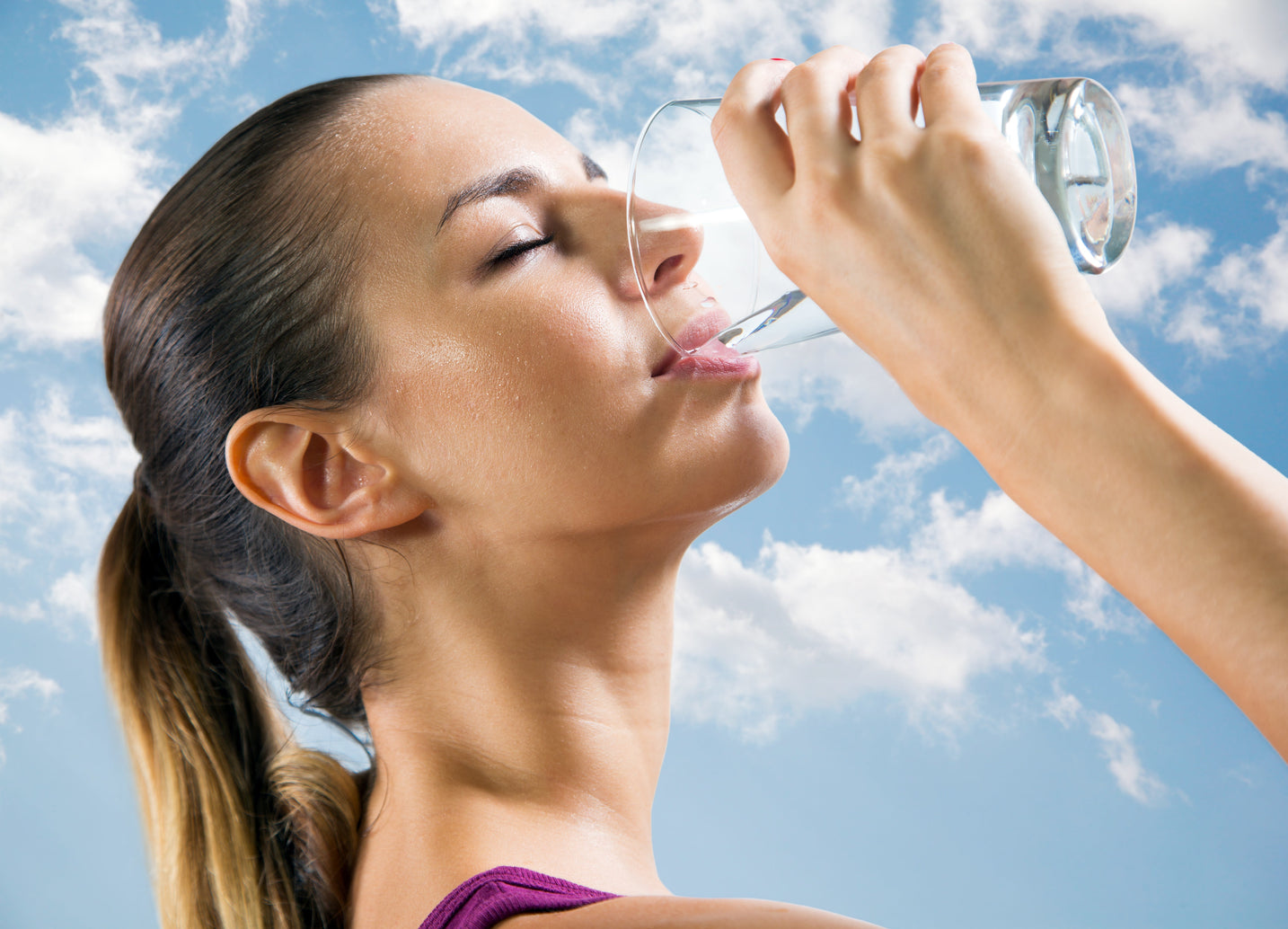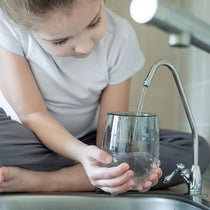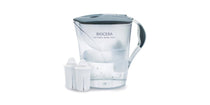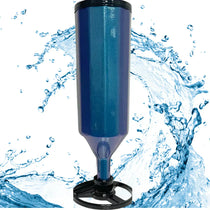We often see people walking around with large bottles, trying to stay hydrated. After all, our bodies are about 70 percent water, and drinking enough is vital for energy, concentration, digestion, and even keeping skin healthy.
But here’s the concern: if you’re not careful about what are the chemicals in water, you might be drinking more than you bargained for. Instead of fuelling your body, you could be filling it with harmful chemicals in water that studies have linked to health problems.
What’s really in the water you drink?
If you rely on tap water, you may be exposed to more than just H2O. Some of the most common chemicals added to drinking water or found in supplies include:
Chlorine
Fluorine compounds
Trihalomethanes (THMs)
Arsenic salt
Radium salt
Aluminium salt
Copper salt
Lead salt
Mercury salt
Cadmium salt
Barium salt
Hormones
Nitrates
Pesticides
These bad chemicals in water enter in different ways:
Runoff from pesticides and fertilisers.
Medical and industrial waste leaking into supplies.
Chemicals of water treatment (such as chlorine) that remain after purification.
Even though these additives are meant to make water safe, they contribute to the water danger we face daily.
Dangers of Chlorine and Other Chemicals in Water
When people ask what are the chemicals in water, chlorine is often one of the first that comes to mind. It is added during treatment to kill bacteria, but research has associated drinking chlorinated water with an increased risk of colon and bladder cancer.
This highlights how a water dangerous chemical used for safety can also bring unintended risks.
Chlorine is just one example. Other harmful chemicals in water such as PFOS and PFOA have been studied for their effects on fertility, thyroid health, digestion, and cholesterol. These bad chemicals in water can remain in supplies long after treatment, becoming part of the chemicals of water we consume daily.
Infertility risks
Perfluocooctane sulfonate (PFOS) and perfluorooctanoates (PFOA), both considered harmful water contaminants, are commonly detected in supplies. A 2009 Oxford Journals study found PFOS contamination increased infertility risk by 70–134%, while PFOAs were linked to a 60–154% increase. These figures underline how serious exposure to harmful chemicals in water can be for reproductive health.
Thyroid disruption
The thyroid gland produces hormones that influence nearly every cell and tissue in the body. A 2010 study found that people with high levels of PFOAs in their bodies had double the risk of thyroid disease. If left untreated, thyroid issues can lead to infertility, heart problems, weak muscles and osteoporosis. This makes it clear why exposure to bad chemicals in water should be reduced.
Digestive problems
Chlorine, often seen as a necessary disinfectant, may also affect the digestive system. Research suggests it can damage the gastrointestinal mucosa, the lining that supports gut bacteria. Over time, this impact on the gut environment adds to the list of reasons why chlorine is a water dangerous chemical to monitor.
Cholesterol imbalance
Some harmful chemicals in water, such as PFOA and PFOS, have also been associated with cholesterol problems. A 2010 study showed that PFOA raised LDL (“bad”) cholesterol while lowering protective HDL levels. PFOS raised total cholesterol, including both good and bad. This demonstrates how chemicals of water exposure may contribute to cardiovascular risks.
Chemicals in bottled water – not always safer
If you think bottled water is the solution, think again. A 2013 study tested 18 brands and found more than 24,000 chemical traces across them. This shows that bottled water can carry chemical in bottled water contamination, despite being marketed as clean.
Plastic packaging can also leach extra substances into the water over time, adding another layer to the water danger.
How to reduce harmful chemicals in water
So, how do you deal with bad chemicals in water if both tap and bottled water can contain them?
Home filtration systems
An under-sink filter like the Energy Plus Water Filter is a reliable way to remove chlorine, fluoride, lead, bacteria, and other contaminants. It gives you direct access to clean drinking water at home, reducing reliance on bottled alternatives.
Affordable starter options
If you’re not ready to invest in a full system, consider keeping a jug of filtered water in your fridge. The Biocera Alkaline Jug is designed to reduce chlorine and improve taste. It’s a simple step towards reducing exposure to chemicals added to drinking water.
Long-term benefits
Filtering water at home helps cut out unnecessary single-use plastics while lowering your intake of potential harmful water chemicals. It’s a practical move for both health and the environment.
Final thoughts on water danger
Hydration is essential, but it’s not just about how much water you drink — it’s about what’s in that water. Understanding what are the chemicals in water and how they get there is the first step towards making better choices.
From harmful chemicals in water like chlorine and PFOS to the hidden chemical in bottled water, the risks are real. Luckily, there are straightforward solutions: filtration systems and alkaline jugs can help ensure your glass contains more of what you need, and less of what you don’t.
Clean water should never be taken for granted, and with the right steps, it doesn’t have to be.
